Search Images
Browse Content (p. 1209)

Image
Fu Sheng by Wang Wei
An 8th century CE portrait of the 3rd-2nd century BCE Confucian scholar Fu Sheng by the famed Tang dynasty portrait painter and poet Wang Wei (699-759 CE). (Osaka City Museum of Fine Arts, Japan)
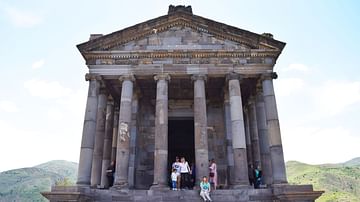
Image
Front View of Garni Temple in Armenia
Built in in Ionic style around 77 CE, the Temple of Garni is the masterpiece of King Tiridates I of Armenia (r. 52-58, 62-88 CE). It remains a potent symbol of Armenia's deep historic ties to the classical civilizations of Greece and Rome.
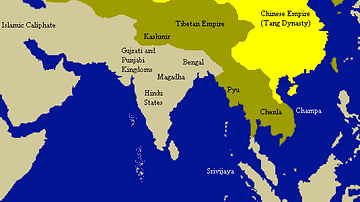
Image
Tang Empire & Neighbouring States
A map indicating the extent of the Tang empire (618-907 CE) and its neighbouring states and tribes people.
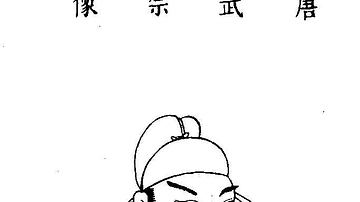
Image
Wuzong of Tang
A mid-9th century CE portrait of Chinese emperor Wuzong of Tang (r. 840-846 CE).
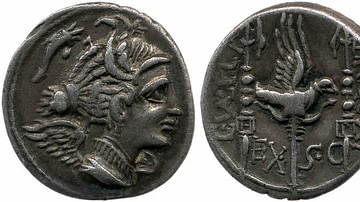
Image
Silver Denarius Depicting Legionary Eagle
Silver denarius depicting Victory on one side and a Roman legionary standard topped with an eagle on the other. Minted in Massalia, 82 BCE.

Image
Emperor Gaozu of Tang
A portrait of Chinese emperor Gaozu, founder of the Tang Dynasty, r. 618-626 CE.
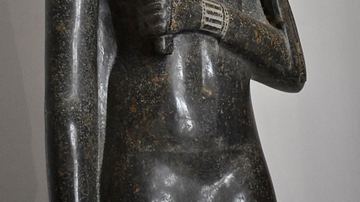
Image
Queen Tuya
Granite statue of Egyptian Queen Tuya. 19th Dynasty, during the reign of Pharaoh Ramses II, 1279-1213 BCE. Ramses II dedicated the statue to his mother, Tuya. The statue was discovered in 1714 CE in the Vigna Verospi (Horti Sallustiani) in...
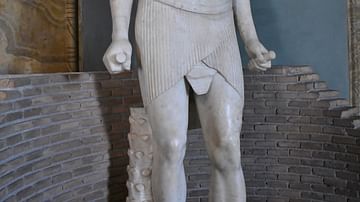
Image
Statue of Osiris-Antinous
The marble statue depicts a man named Antinous and dates back to the Imperial Roman Period of Egypt late in the reign of Emperor Hadrian, about 131-138 CE. Hadrian actually founded and named a city, Antinopolis, after Antinous' death in 130...
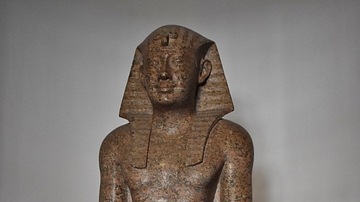
Image
Ptolemy II
Granite statue depicting Ptolemy II. The king commissioned the statue to be made during his own reign, about 285-246 BCE. Son of Ptolemy I Soter, Ptolemy II is known in his role as king of Ptolemaic Egypt. (Vatican Museums, Rome)
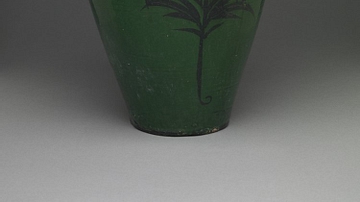
Image
Jurchen Jin Dynasty Vase
A green glazed vase with floral design, Jurchen Jin dynasty, 1115-1234 CE. (British Museum, London)